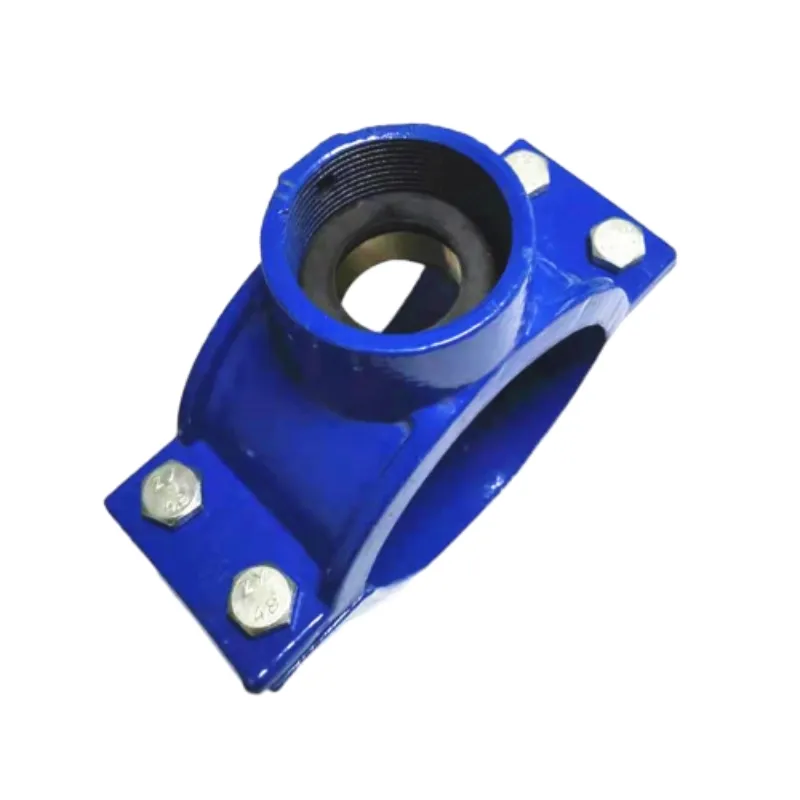air compressor water release valve
Understanding the Air Compressor Water Release Valve Functionality, Importance, and Maintenance
Air compressors are essential tools in various industrial and commercial applications, providing the necessary compressed air for powering pneumatic tools, inflating tires, and even operating machinery. One critical component of an air compressor that often goes unnoticed is the water release valve. This small yet significant valve plays a vital role in maintaining the efficiency and longevity of the air compressor. In this article, we will explore the functionality, importance, and maintenance of the water release valve.
Functionality of the Water Release Valve
The primary purpose of the water release valve is to expel the moisture that accumulates inside the air compressor's storage tank. Compressed air inevitably contains some level of moisture due to the nature of the compression process and the ambient air. As the air is compressed, its temperature rises, but as it cools in the tank, the moisture condenses into liquid water. If this water is not removed, it can lead to various issues, including decreased performance, rusting of the tank, and potential mechanical failures.
Typically, the water release valve is located at the bottom of the air compressor tank. It is designed to operate as either a manual or automatic valve. A manual valve requires the user to periodically open it to drain the accumulated water, while an automatic valve will perform this function at set intervals without user intervention. Regardless of the type, ensuring that the water release valve functions correctly is crucial to the overall operation of the air compressor.
Importance of the Water Release Valve
The importance of the water release valve cannot be overstated. First and foremost, it helps to maintain the quality of the compressed air. Moisture in the compressed air supply can lead to corrosion in pneumatic tools and equipment, causing costly repairs and downtime. Additionally, excess moisture can produce water vapor in the application, leading to spoilage in sensitive processes or materials.
Furthermore, the accumulation of water in the air compressor tank can create an environment conducive to the growth of bacteria and mold. This not only poses health risks but can also contaminate the air supply and affect the quality of the products manufactured using compressed air.
Another critical consideration is safety. If the water is allowed to accumulate excessively, it can contribute to increased pressure levels that may lead to tank failure or explosion. The water release valve is thus an essential safety feature that helps prevent catastrophic failures by relieving excess pressure and ensuring the tank remains in optimal condition.
air compressor water release valve

Maintenance of the Water Release Valve
To ensure the continued functionality of the water release valve, regular maintenance is essential. Here are some key maintenance tips
1. Routine Draining For manual valves, it is advisable to drain the tank of accumulated water at the end of each workday or after every significant use. This will prevent excessive buildup and ensure that the compressor operates efficiently.
2. Inspect the Valve Regularly check the water release valve for any signs of wear or damage. Look for leaks or signs of corrosion, and replace the valve if necessary to maintain proper function.
3. Test Automatic Valves For compressors equipped with automatic water release valves, periodically test the valve to ensure it is functioning correctly. Listen for any unusual sounds or malfunctions that might indicate a failure.
4. Clean the Area Keep the area around the water release valve clean to prevent debris or sediment from interfering with its operation. This practice will help maintain its functionality over time.
5. Follow Manufacturer Guidelines Consult the user manual for specific maintenance recommendations, as different compressors may have unique requirements for their water release valves.
Conclusion
The water release valve is a small yet critical component of air compressors that plays a significant role in ensuring optimal performance, safety, and the quality of compressed air. Regular maintenance and attention to this valve can help extend the life of the air compressor and prevent costly repairs. By understanding the function and importance of the water release valve, users can enhance their operational efficiency and ensure a safer working environment.
-
The Smarter Choice for Pedestrian AreasNewsJun.30,2025
-
The Gold Standard in Round Drain CoversNewsJun.30,2025
-
The Gold Standard in Manhole Cover SystemsNewsJun.30,2025
-
Superior Drainage Solutions with Premium Gully GratesNewsJun.30,2025
-
Superior Drainage Solutions for Global InfrastructureNewsJun.30,2025
-
Square Manhole Solutions for Modern InfrastructureNewsJun.30,2025
-
Premium Manhole Covers for Modern InfrastructureNewsJun.30,2025
